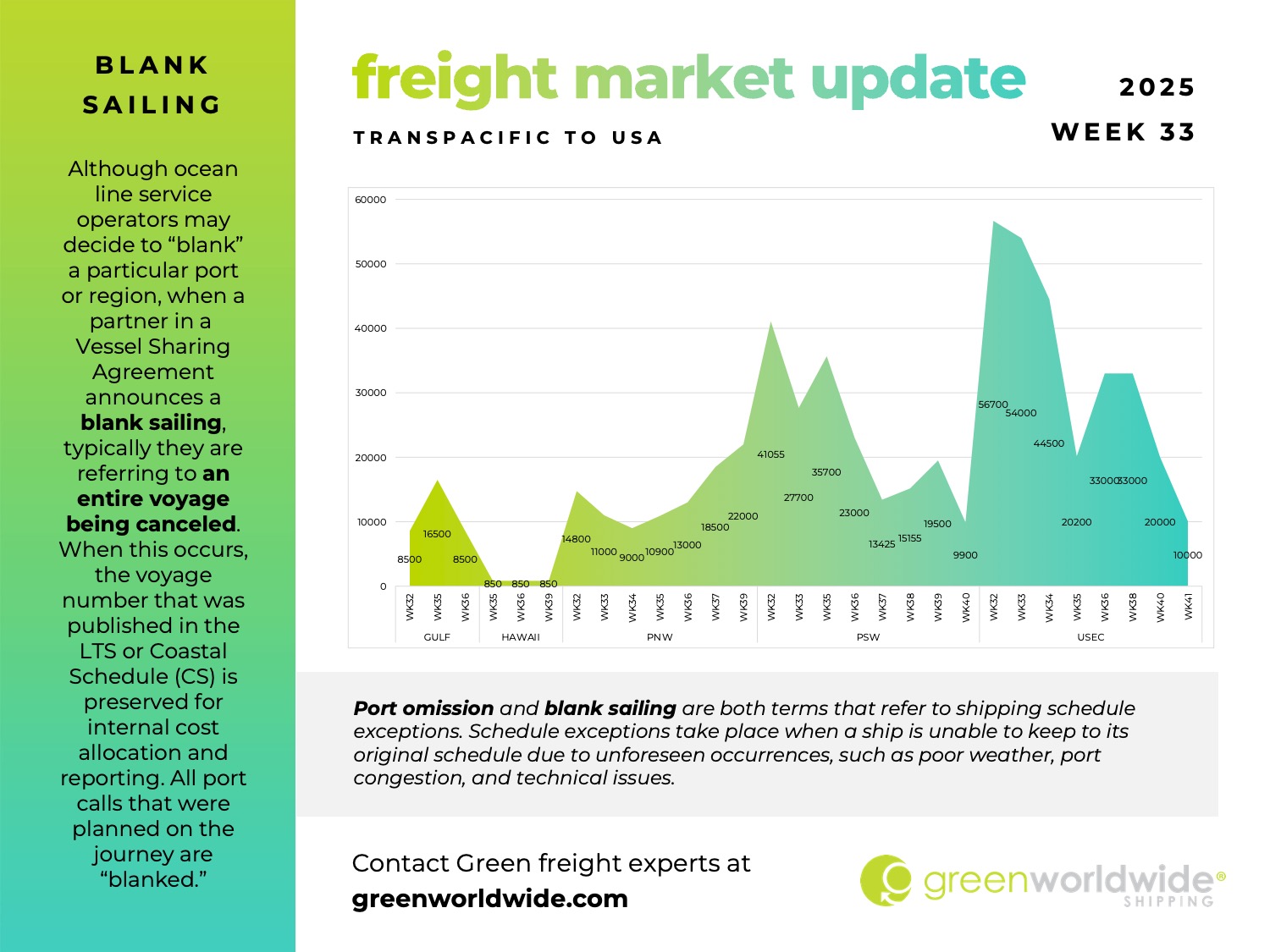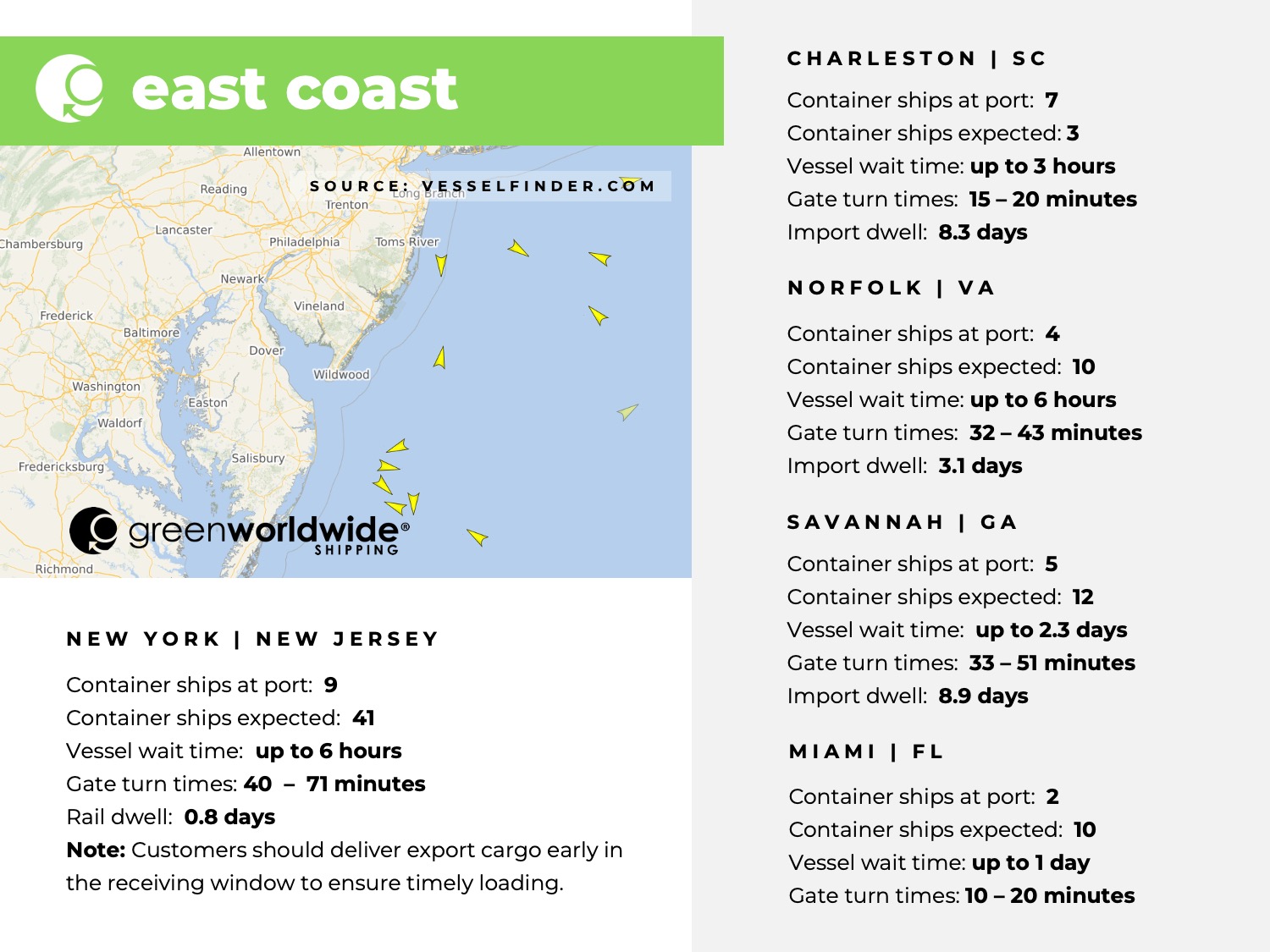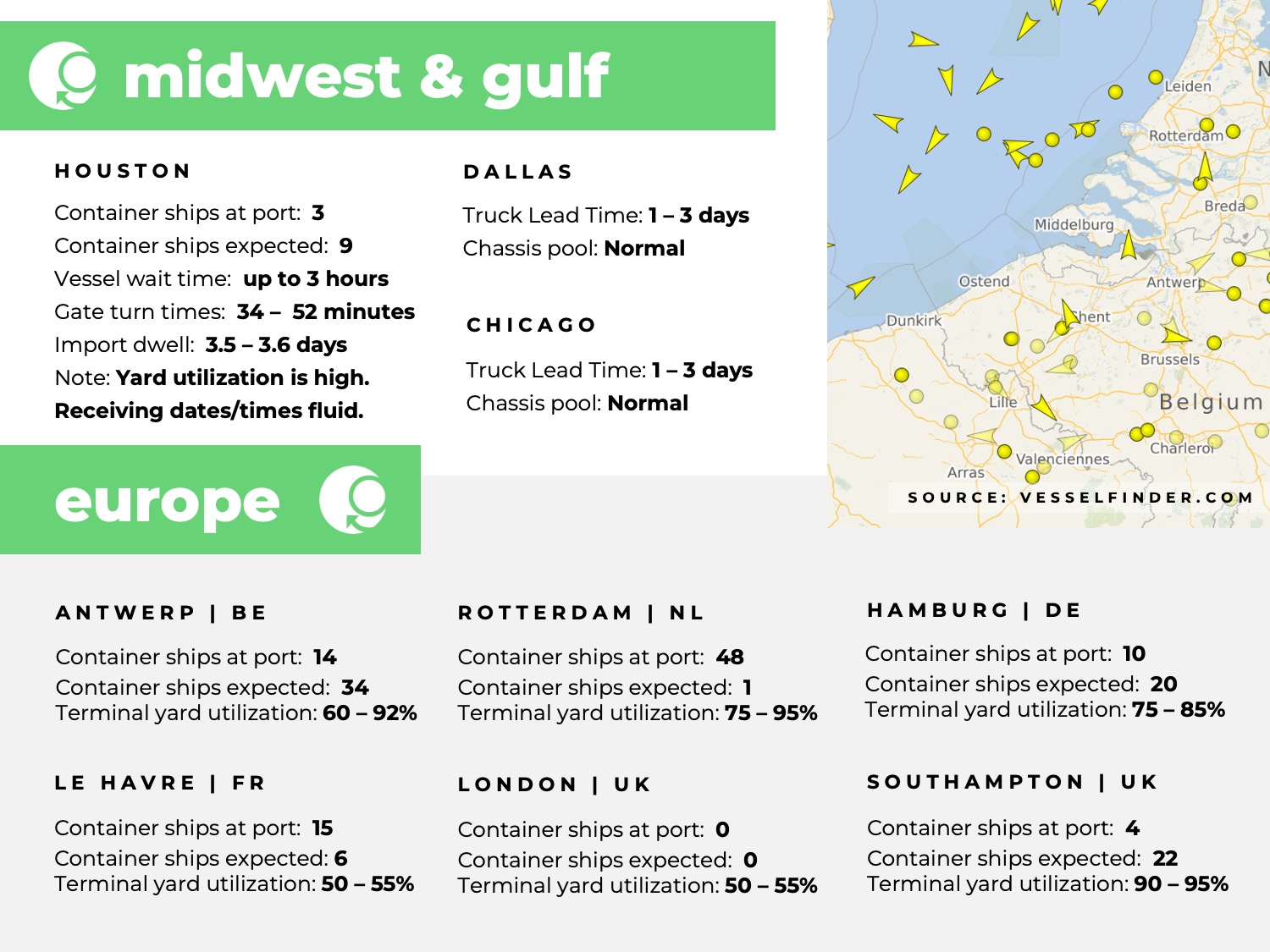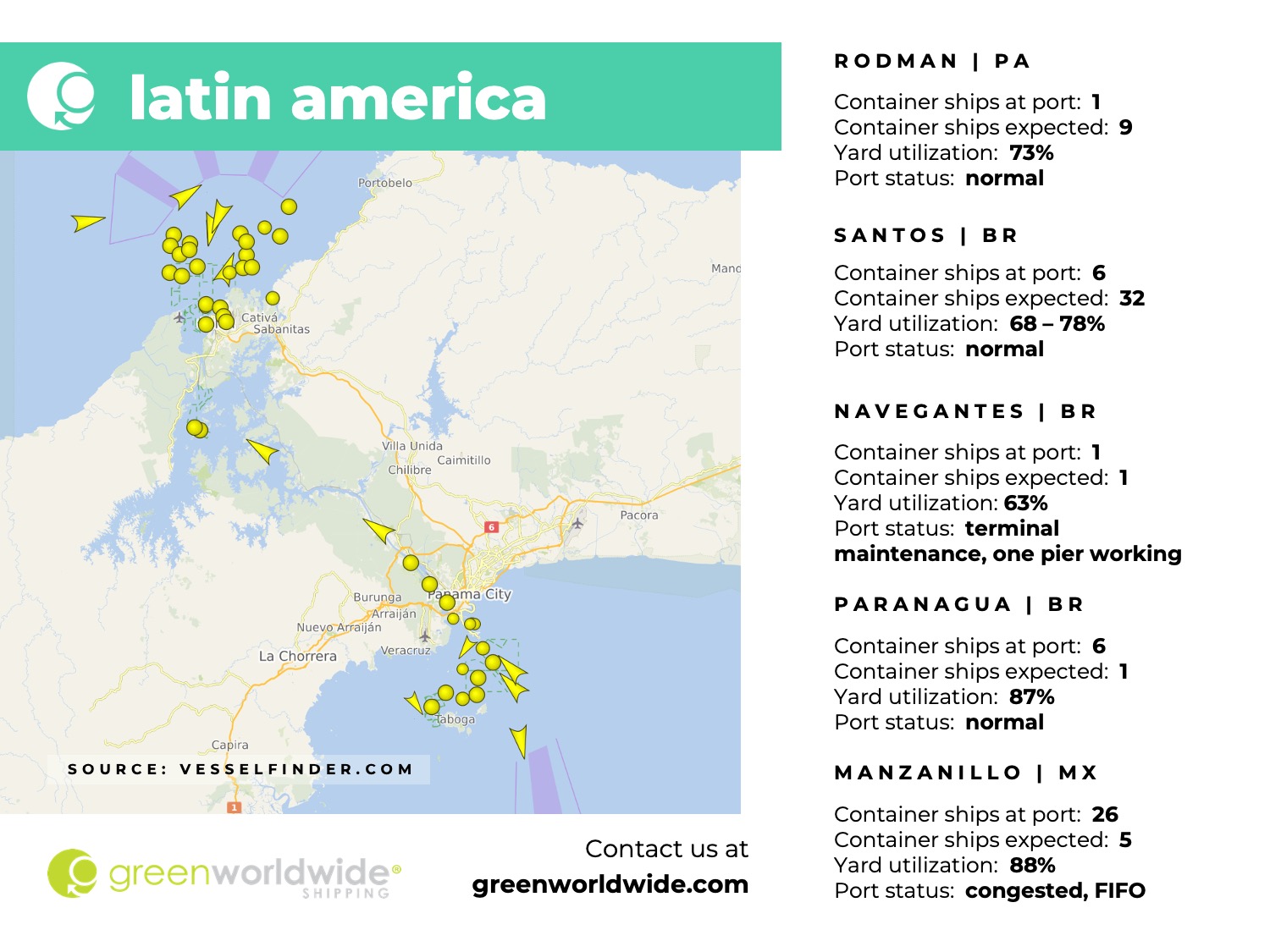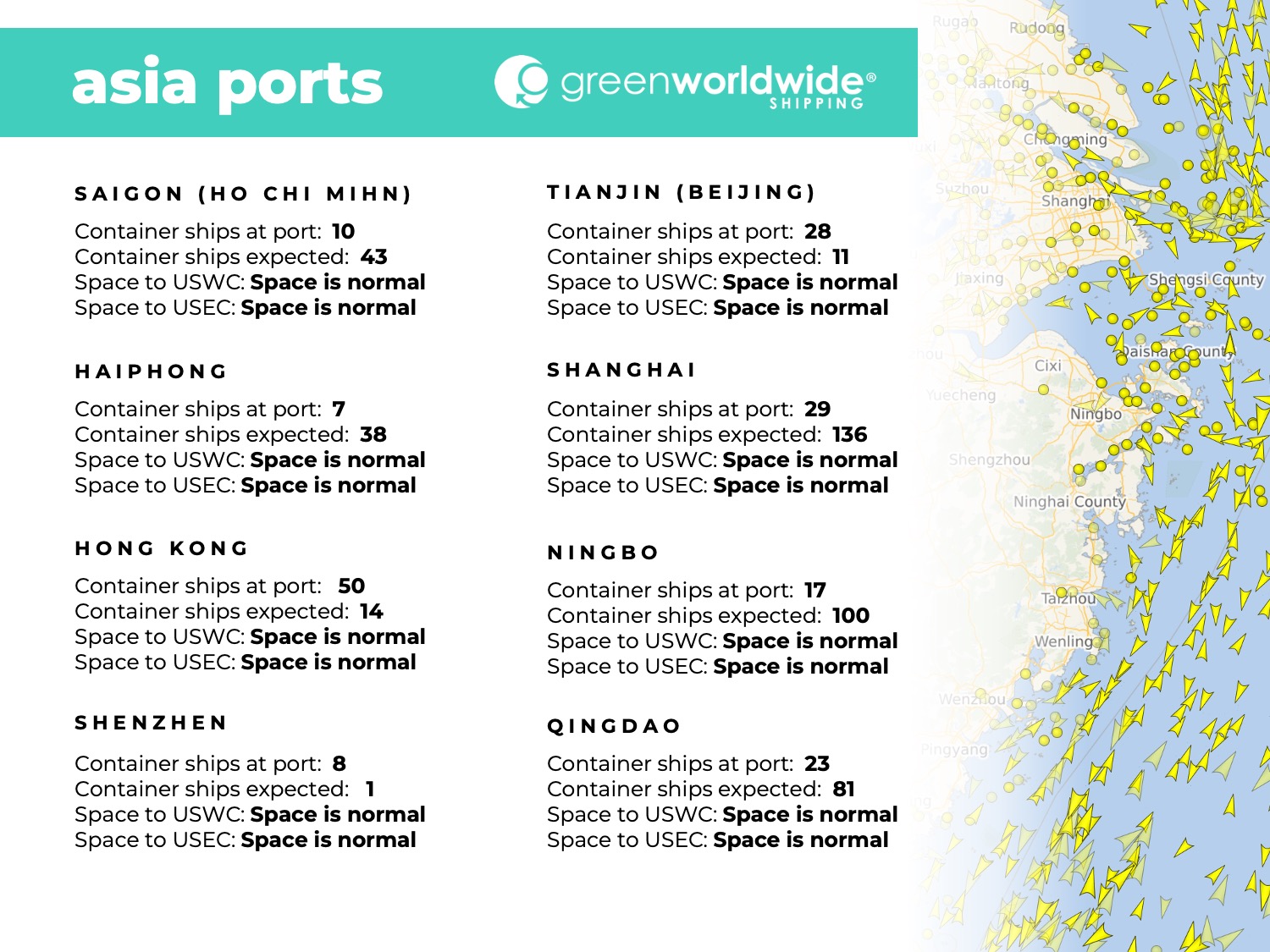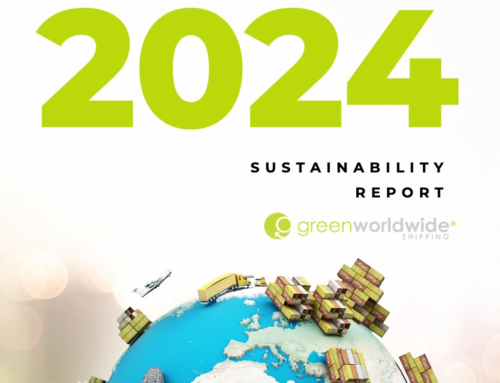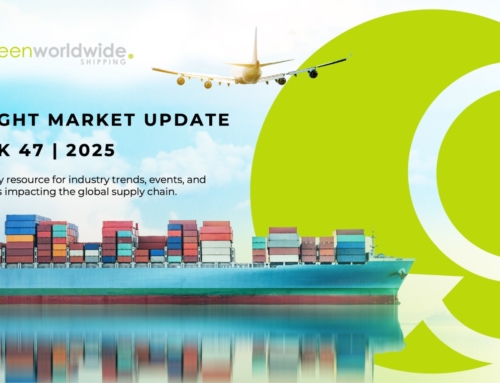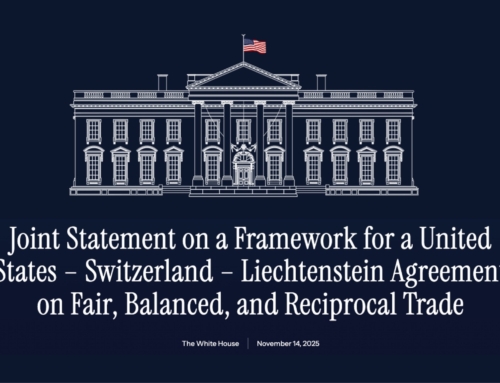Week 33 finds U.S. importers adjusting to shifting trade policies as transpacific volumes remain sluggish and severe weather adds to congestions at key Chinese ports.
IS PEAK SHIPPING SEASON ON THE HORIZON?
Transpacific volumes are not improving in August, with carriers and cargo owners alike reporting no clear sign of a seasonal surge. Forecasts from major retailers suggest continued caution, as analysts project full-year 2025 import volumes at major U.S. container ports to close 5.6% below 2024 levels. While some analysts view September as the busiest period remaining in 2025, tied to holiday season preparations, the broader outlook remains soft. Front-loading earlier in the year has shifted traditional seasonal demand patterns, leaving a potential gap in volumes for the fourth quarter.
HOW ARE TARIFFS SHAPING THE Q4 OUTLOOK?
Tariff-driven cost pressures are beginning to affect consumer prices, and importers are scaling back orders for certain low-value product categories. Furniture and other discretionary goods are expected to see sharper declines in the months ahead. Smaller businesses in particular face challenges in absorbing additional duties, leading to reduced order sizes or deferred shipments.
Last week, an Executive Order imposed an additional 25% duty on specified articles of Indian origin tied to imports from the Russian Federation. Effective August 27, 2025, this measure will bring the total duty rate for affected goods to 50%. Reciprocal tariff impacts are anticipated across key U.S.-India trade sectors, with some bookings already cancelled or placed on hold pending further policy clarity. While this week a newly announced Executive Order extended the suspension of additional IEPPA tariffs on imports with Chinese-origin through November.
HOW IS PORT CONGESTION IN ASIA IMPACTING SAILINGS?
Lingering effects from severe typhoon activity continue to disrupt vessel schedules in East China. Ningbo’s MSICT terminal experienced three-plus day waits last week, with 16 vessels anchored. In Shanghai, berth congestion persisted at Yangshan terminals with delays of three to four days and 16 vessels waiting for berths at YS1. Waigaoqiao terminals also faced two- to three-day delays, with 13 vessels anchored at WGQ2 and 17 at WGQ5 as of August 6. Carriers are adjusting rotations to manage recovery, but backlog clearance is expected to take additional time.
Stay up-to-date on freight news with Green’s Weekly Freight Market Update by following us on LinkedIn. For continuous updates, make sure to check out our website at greenworldwide.com.


